Last updated on March 10th, 2024 at 12:28 pm
Imagine a lady sleeping on her tummy with hands by her sides and palms facing downwards. Do you know what we call this human body anatomical position? In human biology/ anatomy, three body positions are recognized for study purposes. And this article is all about this only. We will see what these body anatomical positions are and what they are called.
In addition to body positions, other parameters exist to study human anatomy. Like axes and planes, the liver system of the body. However, in this article, we will only concentrate on body positions. So friends, do read this article till the end because, in the end, we have some exciting tips.
Human body positions
Although the body can be positioned in multiple ways, the human body system can be recognized under three names for study purposes. These body positions are fundamental, but one needs to keep an eye on the small details, like the position of the forearm and palm in relation to the body, the position of the foot, etc.
Ok, coming to the point, the three-body positions are:
1: Supine
2: Prone
3: Anatomical body positions.
Let’s discuss them one by one.
Supine anatomical positions
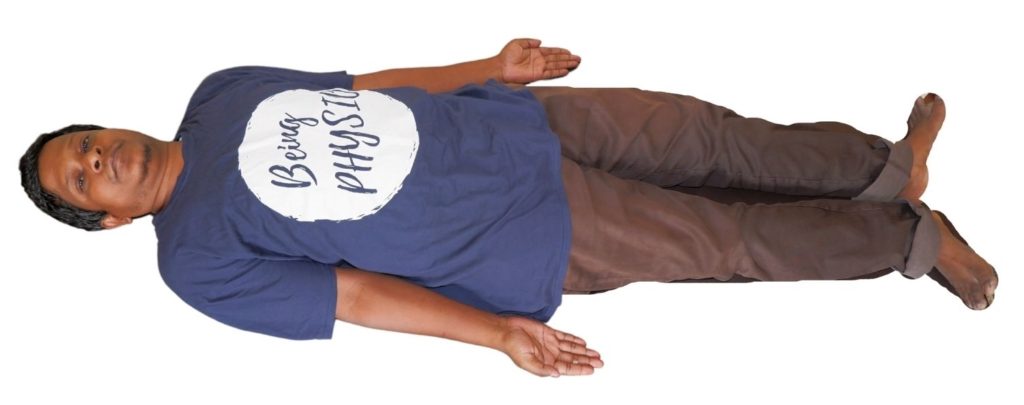
Please take a moment to observe the image above carefully. You will notice the body position of the person in the picture, which is lying down in a supine position. This particular sleeping position is considered to be truly supine for several reasons.
- Firstly, the person lies flat on their back with their face directed upwards.
- Secondly, their forearm is in the supine position, meaning that it faces upwards, and the palm of their hand faces upwards as well.
- Lastly, the person’s ankle and foot are in a relaxed position.
- Combining these factors, we can safely say this is a genuinely prone sleeping position, as it follows all necessary criteria.
Prone anatomical position
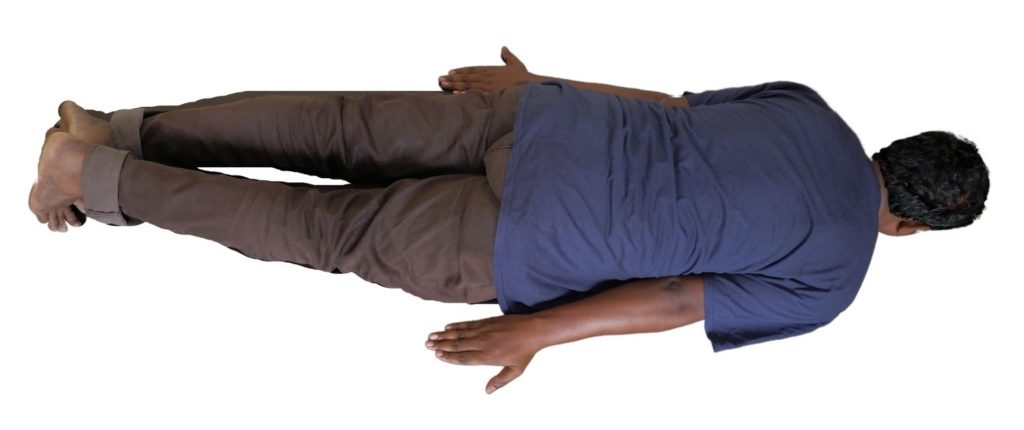
The prone position is the opposite of the supine position. In this position, a person lies on their stomach, facing downwards. To assume the prone position, there are a few other details to keep in mind.
- Firstly, it’s important to lie down straight on the tummy, ensuring that the body is horizontal.
- Secondly, the face should be directed downwards, with the chin resting on the surface below.
- Another important aspect of the prone position is the positioning of the arms and hands. The forearms should be prone, which means they lie flat on the surface with the palms facing downwards.
Anatomical position: How is the body positioned in the anatomical position?
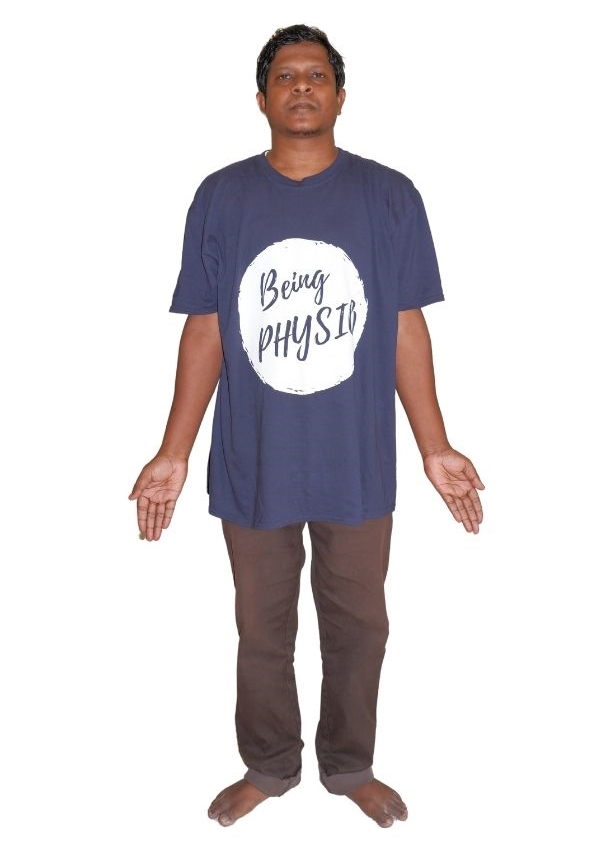
The anatomical position is the standard reference position for the human body. It is used to describe the location and relationship of body parts to one another. It is important to understand that not all standing positions can be considered anatomical. For instance, if a person stands in a relaxed position with a hand on their waist and stares down at the ground, it cannot be considered an anatomical position.
To call a standing position truly an anatomical position, there are specific details that we should follow.
- Firstly, the person should be standing straight in an alert position, with their eyes looking straight forward. This is important as it allows us to compare the body position of different individuals and identify anatomical landmarks.
- Secondly, the hands should be by the sides, with the shoulders relaxed.
- The forearms should be in a prone position, which means that the palms should be facing forward. This position is essential as it allows for the identification of anatomical structures such as the ulna and radius bones in the forearm.
- Lastly, the feet should be flat on the ground. This position is necessary as it allows us to identify specific anatomical landmarks such as the ankle joint and foot bones.
Anatomical positions examples
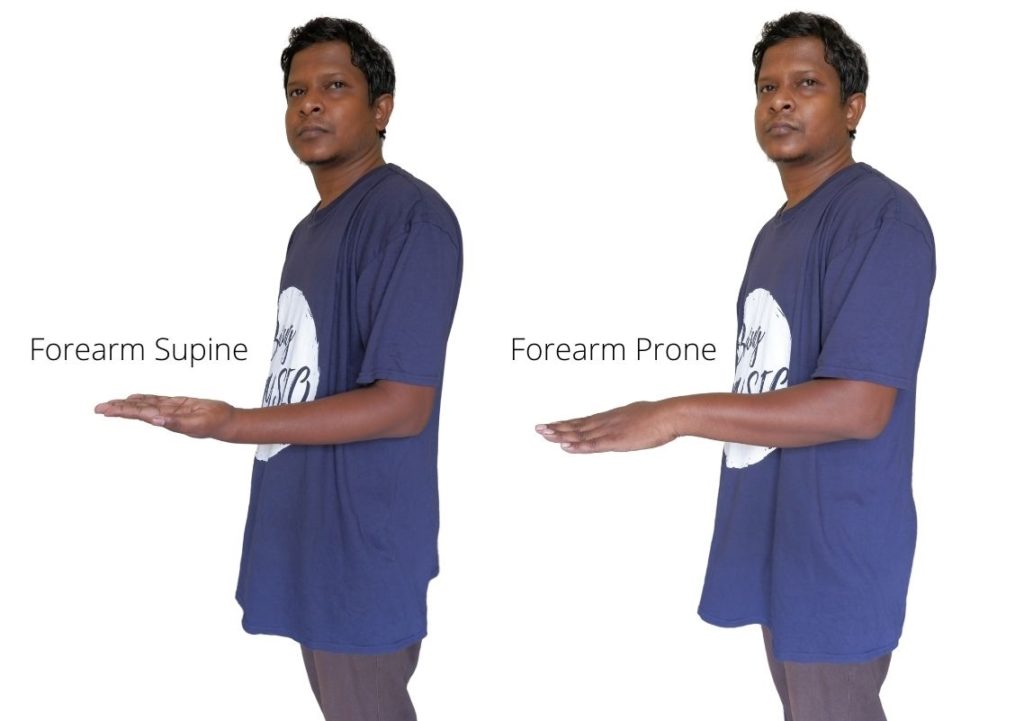
Understanding body position is essential for performing various physical activities and exercises correctly. It is not just about the overall posture of the body but also includes the position of isolated body parts, such as the forearm.
The two primary positions of the forearm are supination and pronation. Supination refers to the position when the palm is facing upward, and the forearm is directed forward. In contrast, pronation is when the palm is facing downwards, and the forearm is directed backwards.
Supination of the forearm is essential in exercises that require the bicep muscle to contract, such as bicep curls. In this exercise, the forearm should remain in a supinated position throughout the movement. Similarly, in tricep extensions, when the forearm is in a supinated position, it helps in isolating the triceps and reducing the involvement of other muscles.
On the other hand, pronation of the forearm is crucial in exercises that involve the triceps muscle, such as push-ups, bench dips, and tricep kickbacks. These exercises require the forearm to be in a pronated position throughout the movement to emphasize the involvement of the triceps.
Final tips
Body “POSITIONS” and “POSTURE” are two distinct terms. ‘Position is the position of the body and body parts in relation to space. It is passive and non-responsive. ‘Posture is dynamic. For example, someone is sitting on a chair in a sitting position. But he/she is actually sitting in a bending posture, which is the wrong posture.
Keep Reading: Types of Synovial Joints: Anatomy & Examples
The author is a physiotherapist who has been practising for the last 17 years. He holds a Bachelor's in Physiotherapy (BPT) from SVNIRTAR (Swami Vivekananda National Institute of Rehabilitation and Research), one of the prestigious physiotherapy schools in India.
Whatever he learns dealing with his patient, he shares it with the world through blogs and e-books. He also owns a YouTube channel, "Sunit Physiotherapist" with over 8 lakh active subscribers. Here, he shares everything he gets to learn serving the patient.
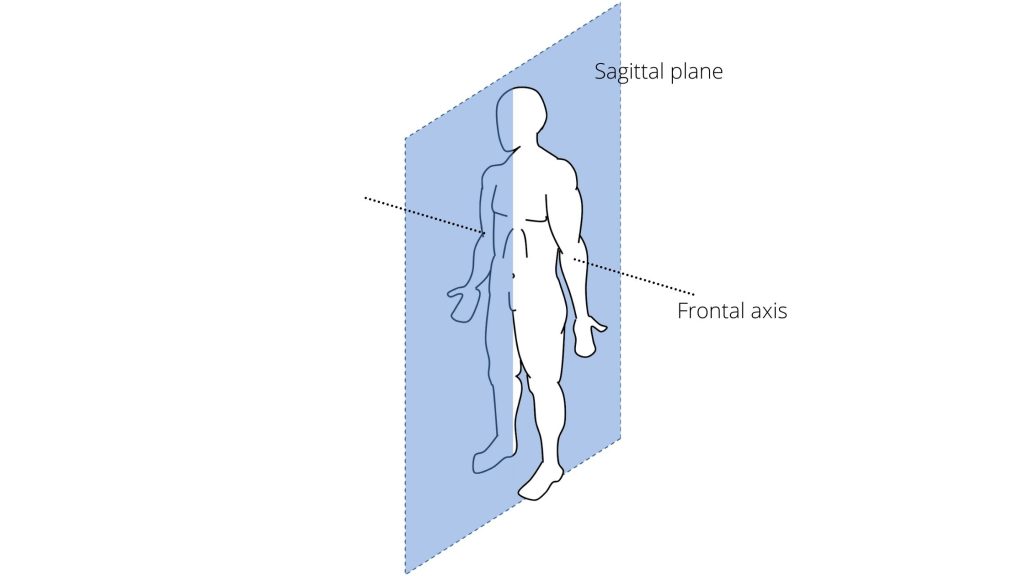
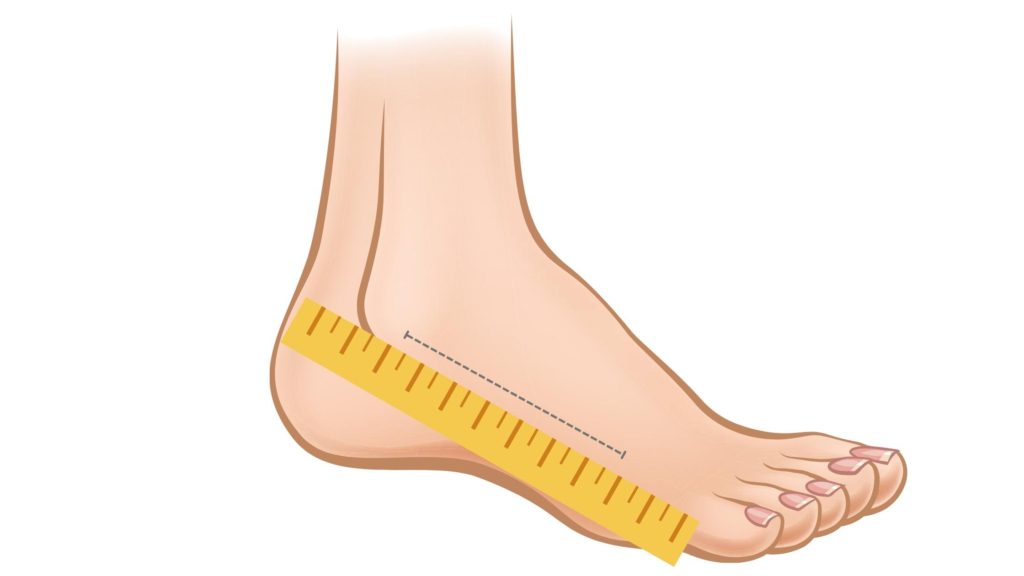
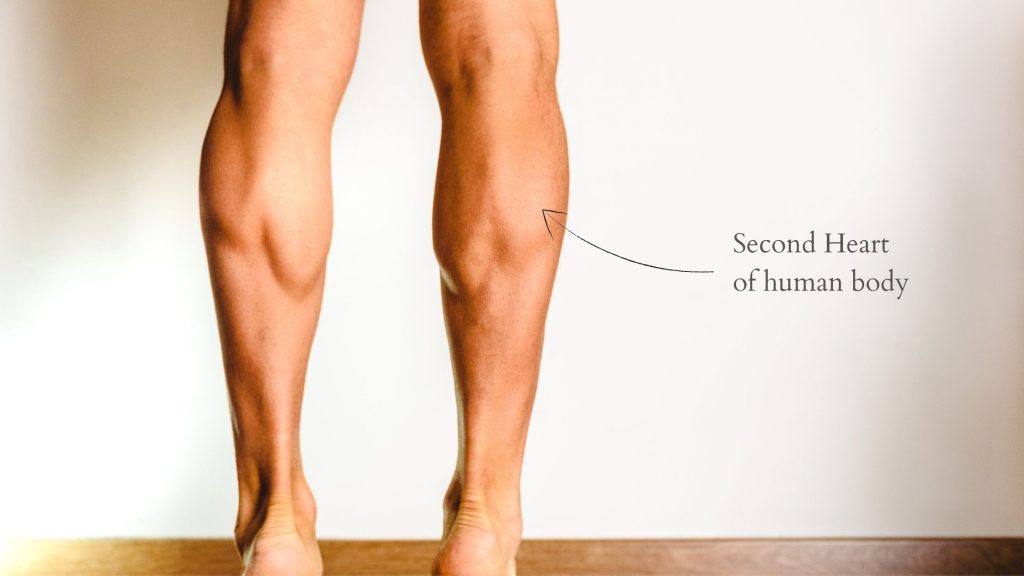

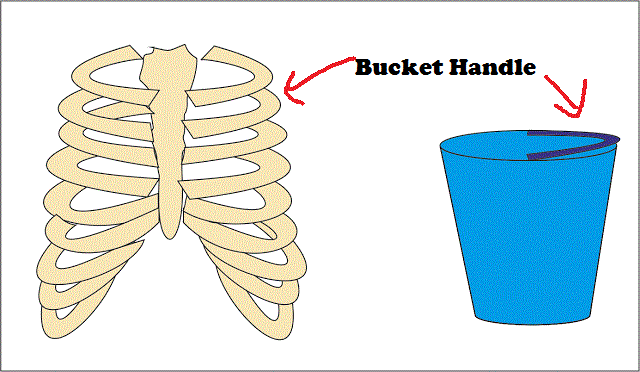
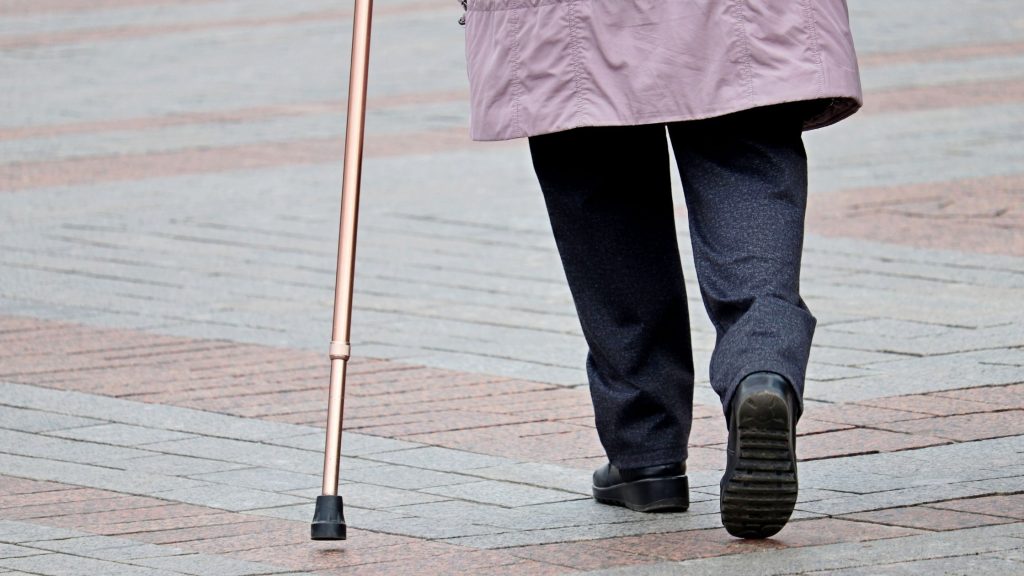

Pingback: What's Axis and Planes of Body, its Type - Physiosunit